Don't hesitate to send a message
How Electric Rear Hub Motor enables lightweight and aesthetic innovation through structural simplification
With the rapid development of urban transportation and the popularization of the concept of green travel, the E-Bike market has ushered in explosive growth. As the core of the electric bicycle power system, the Electric Rear Hub Motor is gradually becoming the mainstream choice for industry technology upgrades with its compact structure and high integration. In particular, the "structural simplification" effect it brings not only improves the performance of the entire vehicle, but also profoundly affects the design language and user experience of electric bicycles, promoting lightweight and aesthetic innovation into a new era.
Traditional electric bicycles generally adopt a mid-mounted motor solution. This design requires a mechanical transmission system to transfer power from the motor to the wheel hub, involving multiple gears, bearings and brackets. The complex mechanical structure brings a large weight, the transmission efficiency is reduced due to mechanical friction, and the maintenance cost is high.
In contrast, the electric rear hub motor directly builds the motor into the rear wheel hub to form a highly integrated drive unit. Electricity directly drives the motor in the wheel hub to rotate through the controller, eliminating the intermediate mechanical transmission link. This structural simplification brings many technical and design advantages: reducing the number of parts, removing chains, gears and related support parts, and making the structure more compact; improving transmission efficiency, the power transmission path is the shortest, and the loss of converting electrical energy into mechanical energy is greatly reduced; reducing weight, without mechanical transmission devices, the weight of the whole vehicle can be reduced by 2-3 kg; easy maintenance, closed structure, reducing dust and moisture intrusion, and improving durability; lightweight empowerment, adding wings to portability and endurance. Structural simplification directly brings the possibility of lightweighting the whole vehicle. Lightweighting not only means more labor-saving riding, but also makes electric bicycles more convenient to carry, store and transport.
In addition to the lightness and aesthetics brought by structural simplification, the electric rear hub motor also significantly improves the user's riding experience.
Quiet and smooth, no chain transmission noise and vibration, the riding process is more peaceful; the power response is sensitive, the motor directly drives the wheel, the start-up acceleration is faster, and the torque response is more immediate; intelligent control, with advanced torque sensors and control algorithms, the electric power system can automatically adjust the output according to the rider's pedaling force, to achieve the natural power-assistance feeling of "man and car as one"; strong durability, the closed design reduces the intrusion of dust and moisture, extends the life of the motor, and reduces the frequency of maintenance. These advantages not only improve the comfort and safety of riding, but also make electric bicycles more widely used in urban commuting and leisure sports.
The popularity of electric rear wheel hub motors has driven the collaborative innovation of upstream and downstream of the industrial chain. Motor manufacturers continue to improve motor efficiency and power density by optimizing stator, rotor structure and magnetic steel materials. Controller technology is also becoming more intelligent, integrating regenerative braking, energy management and remote diagnosis functions.
As the technology of electric rear wheel hub motors continues to mature, the future development trend will focus on intelligent integration and modular design. Intelligent sensor integration integrates multiple sensors such as vehicle speed, torque, and temperature into the motor to achieve real-time data monitoring and fault warning; energy recovery and management, combined with brake energy recovery technology, improves endurance and energy utilization; modular design realizes standardized interfaces between motors and controllers, batteries, and frames, facilitating rapid replacement and upgrades; Internet of Things connection, remote control, navigation assistance, and safety monitoring are achieved through the Internet of Vehicles, improving the overall smart travel experience. These innovations will make the electric rear wheel hub motor not only a power source, but also an important part of the smart travel ecosystem.
-
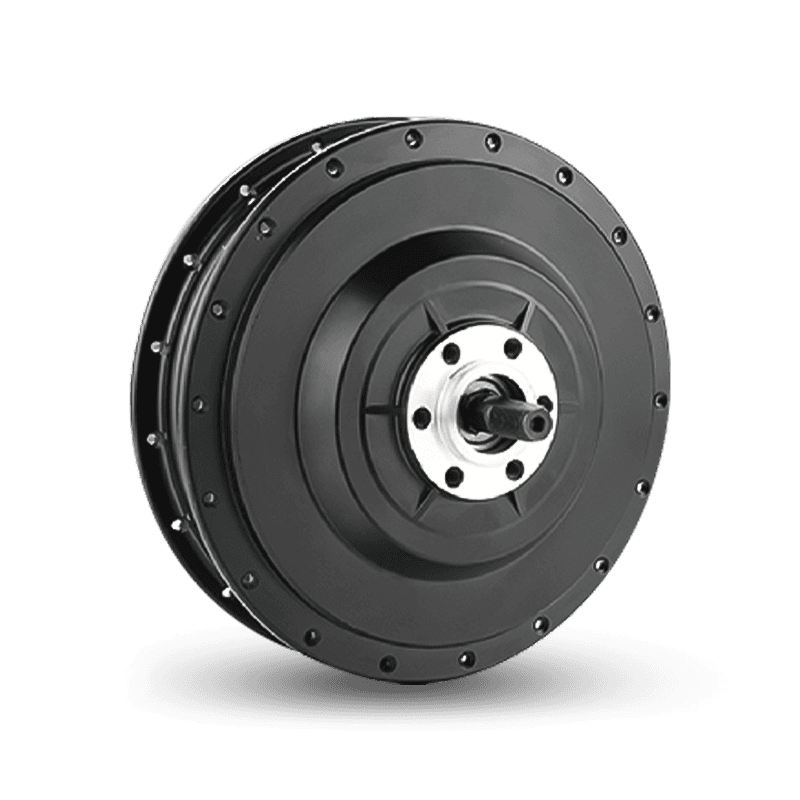 E-Type F500 Front Hub Motor
E-Type F500 Front Hub MotorThe E-Type F500 front hub motor is designed for E-Cargo and E-MTB bikes, offerin...
-
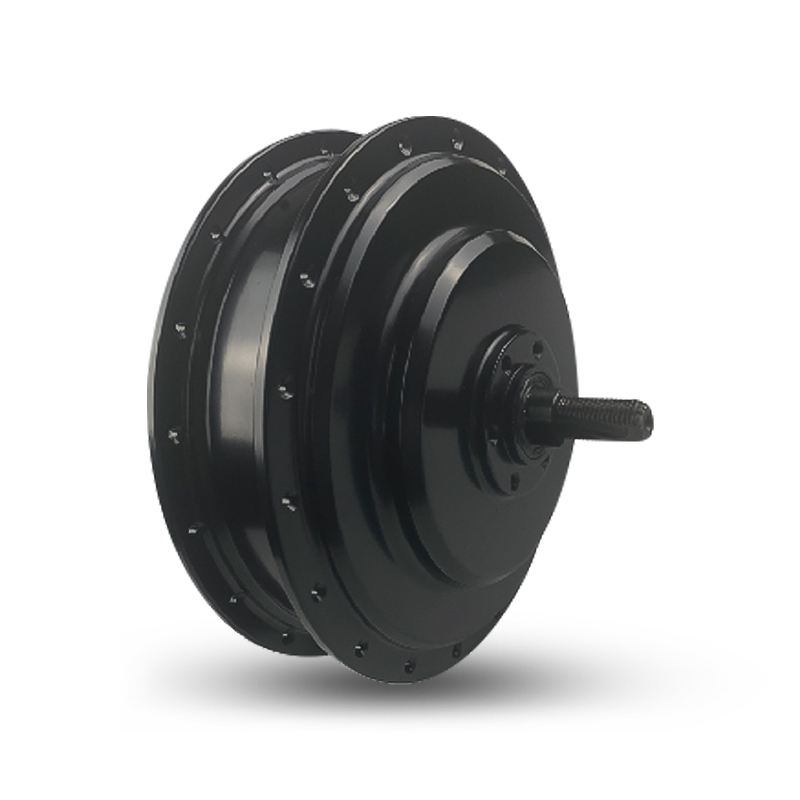 E-Type Pro RC750 Rear Hub Motor
E-Type Pro RC750 Rear Hub MotorThe E-Type Pro RC750 Rear Hub Motor is designed for E-Cargo and E-MTB bikes, com...
-
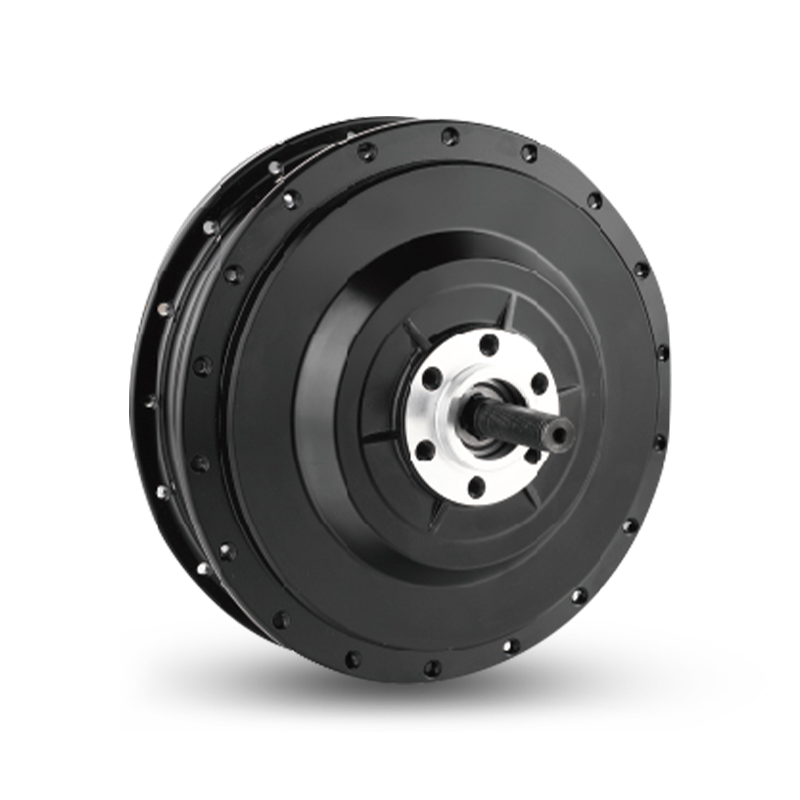 E-Type RF500 Rear Hub Motor
E-Type RF500 Rear Hub MotorThe E-Type RF500 Rear Hub Motor is designed for E-Cargo and E-MTB bikes, compati...
-
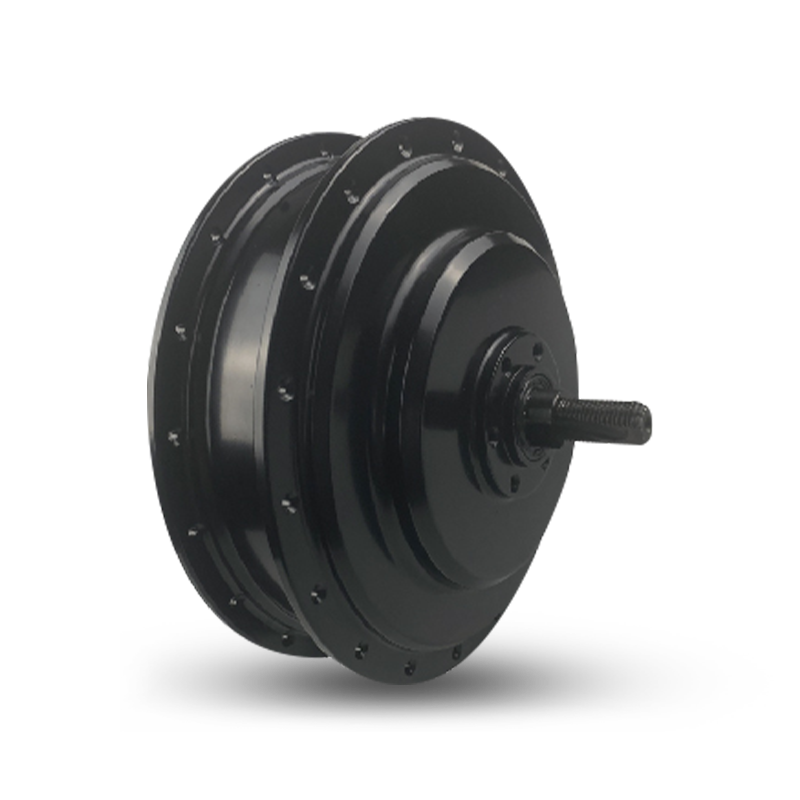 E-Type Pro RF750 Rear Hub Motor
E-Type Pro RF750 Rear Hub MotorThe E-Type Pro RF750 Rear Hub Motor is designed for E-Cargo and E-MTB bikes, com...
-
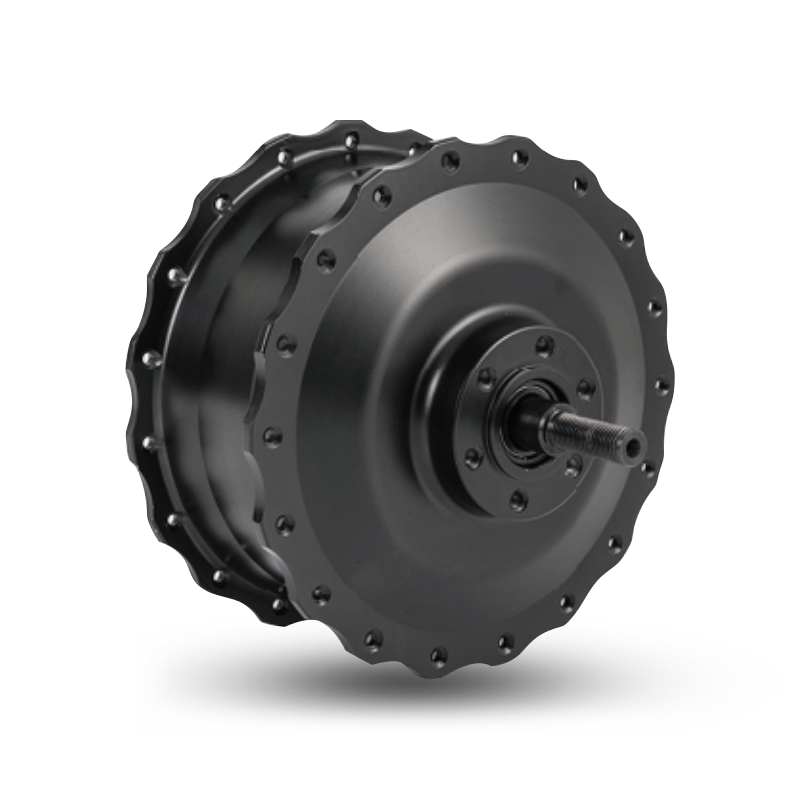 S-Type Pro F1500 Front Hub Motor
S-Type Pro F1500 Front Hub MotorThe S-Type Pro F1500 front hub motor, designed for E-Carao and E-Fat bikes, offe...
-
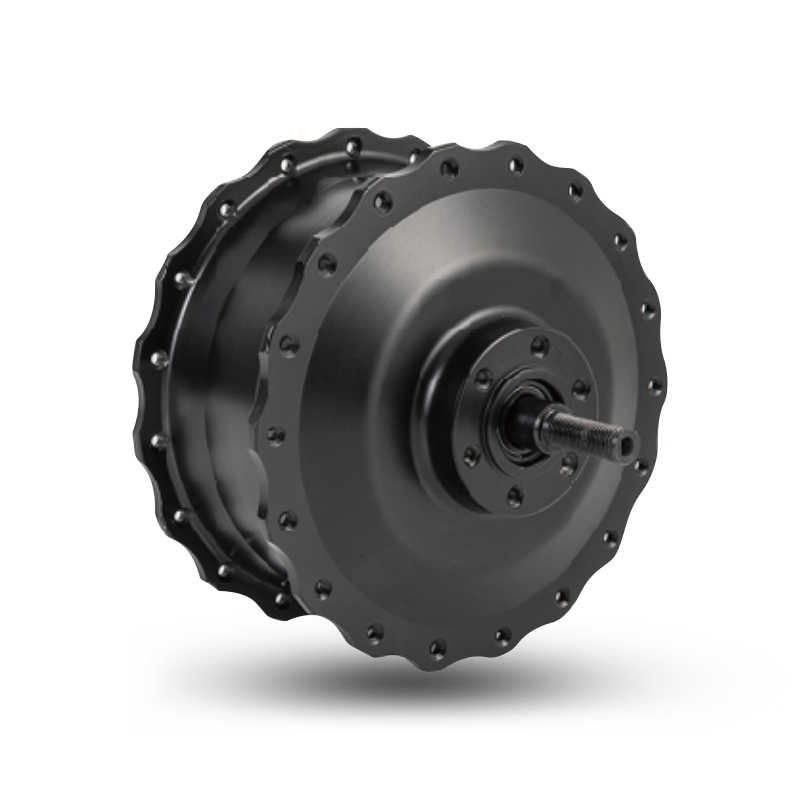 S-Type F750 Front Hub Motor
S-Type F750 Front Hub MotorS-Type F750 is designed for E-Cargo and E-Fat. The rated power ranges from 500W ...
-
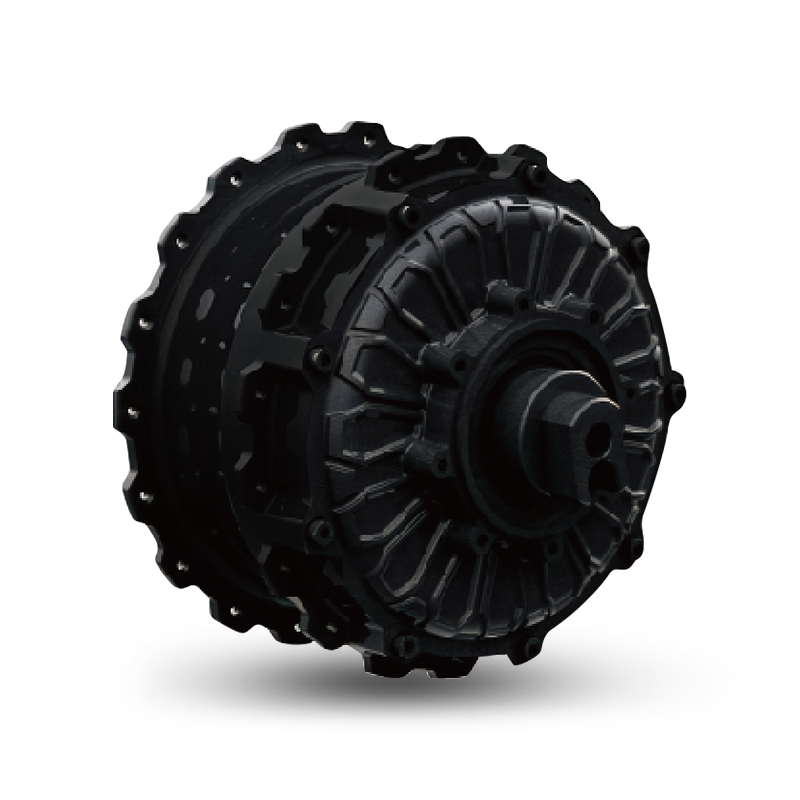 S-TYPE Max THRU AXLE Rear Hub Motor
S-TYPE Max THRU AXLE Rear Hub MotorThe S-TYPE Max thru-axle motor is designed for E-Fat, Moped, and Cargo applicati...
-
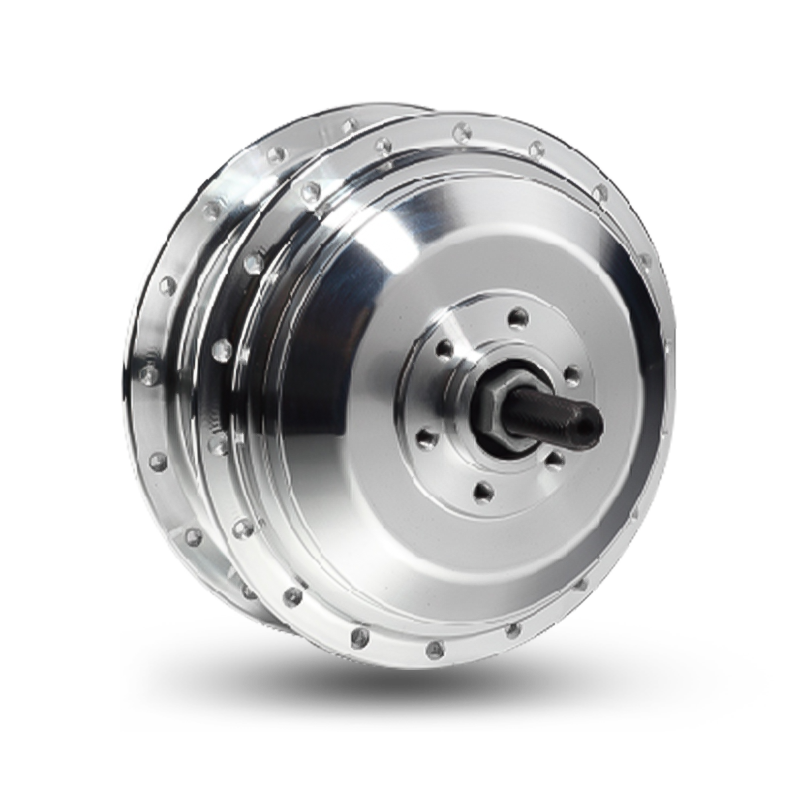 C-Type R350 Rear Hub Motor
C-Type R350 Rear Hub MotorThe C-Type R350 Rear Hub Motor, designed for city e-bikes, offers a rated power ...
If you are interested in our products, please consult us
- Address:No. 3 Dingqiao Rd, Jiangshan Town, Yinzhou District, Ningbo, Zhejiang Province, China
- Phone: +86 13806662915
- Email: K.zhang@hengtai-cn.com



 English
English 中文简体
中文简体